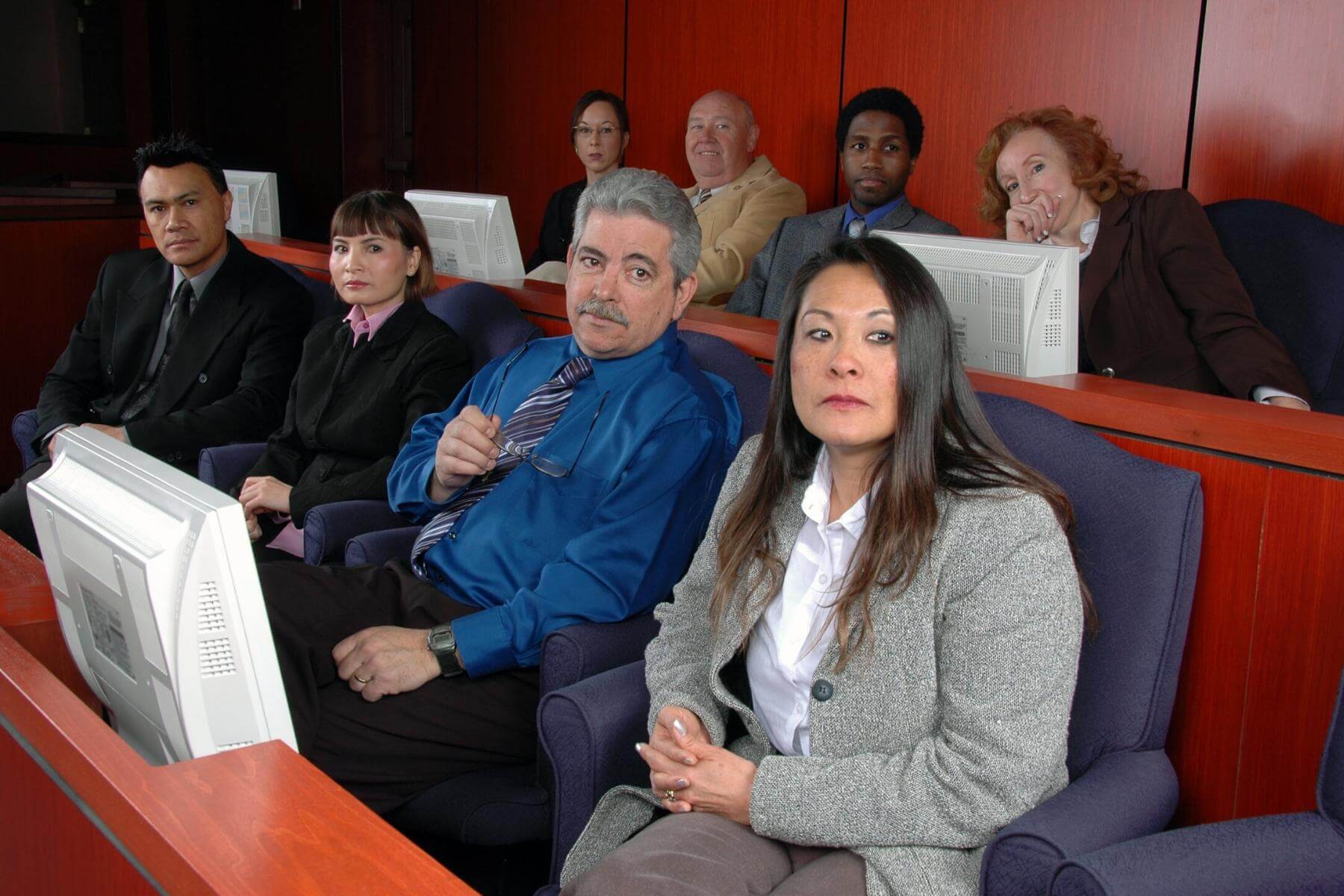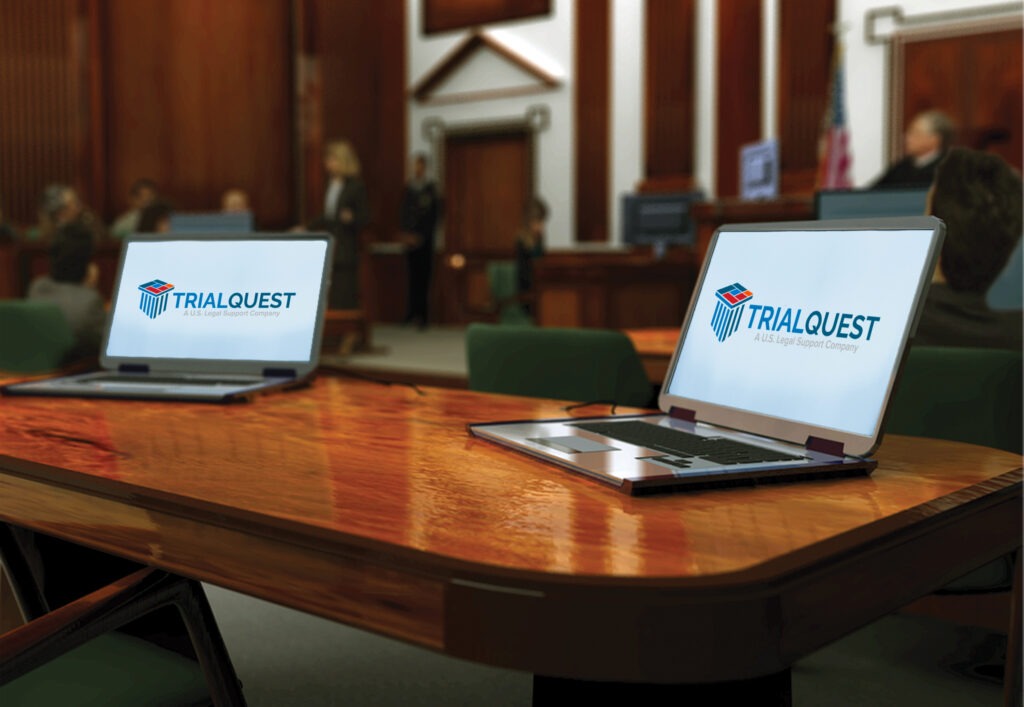Just How Trial Presentations Enhance Your Argument and Persuade Jurors
Trial presentations function as a pivotal system for improving legal disagreements and encouraging jurors. By integrating aesthetic aids, narrative structures, and emotional interaction, lawyers can produce a compelling instance that resonates on numerous levels. The calculated use visuals not just clears up intricate info yet also records jurors' focus more efficiently than words alone. The art of narration plays an equally crucial function in changing valid proof into an engaging narrative, forming jurors' assumptions. Recognizing these elements can substantially influence trial outcomes, elevating the concern of how each part adds to this elaborate dynamic.

Significance of Visual Aids
Aesthetic aids play a critical function in improving the effectiveness of trial presentations, as they can substantially boost audience engagement and retention of information. In the context of a trial, where jurors are charged with handling complicated details, visual aids offer to simplify and make clear vital factors. Graphes, charts, and photos can communicate information and principles that may otherwise bewilder or perplex jurors, allowing for a much more simple understanding of the evidence offered.
Furthermore, aesthetic aids help in maintaining juror attention throughout the procedures. By damaging the uniformity of verbal testimony, these devices can stress crucial arguments, making them a lot more unforgettable. Effective visual help can likewise stimulate emotional responses, which can be pivotal in encouraging jurors to line up with the speaker's story.

Crafting Engaging Narratives
An engaging narrative is necessary in test presentations, as it offers as the foundation of reliable persuasion. It permits attorneys to weave together facts, evidence, and psychological elements right into a coherent tale that resonates with jurors. This narrative framework enables jurors to understand the complexities of the instance while leading them with the lawyer's argument.
To craft an engaging story, attorneys ought to focus on clearness and comprehensibility. Additionally, the use of brilliant summaries can produce psychological pictures that help jurors visualize the occasions, making the story extra remarkable.
In addition, integrating essential styles throughout the discussion strengthens the core message and help in retention - trial presentations. The narrative must not just communicate information however also stimulate a feeling of justice, highlighting the stakes involved. Inevitably, a sound narrative fosters a link in between the jurors and the case, positioning the attorney's argument as both reputable and compelling, therefore raising the YOURURL.com chance of a beneficial decision

Involving the Court Mentally
Efficient court involvement pivots on the lawyer's ability to link with jurors on a psychological level. This link can significantly impact jurors' understandings and their best decision-making.
Visual help, such as photos or video clips, can further enhance psychological involvement, providing jurors with brilliant depictions of the case's human aspects. Crafting a story that highlights the battles and triumphs of the individuals included ensures that jurors see beyond the lawful debates and identify the human effects of their decisions.
A lawyer's enthusiastic distribution can reverberate with jurors, enhancing their psychological financial investment in the instance. It's crucial to stabilize psychological allures with valid proof, making sure that jurors really feel urged to act while continuing to be based in the fact.
Structuring Your Discussion

The body of the presentation need to be rationally segmented into vital factors, each supported by engaging evidence. It is advantageous to utilize narration strategies to weave truths right into a story that jurors can quickly follow. Aesthetic aids, such as charts and video clips, can improve comprehension and engagement, aiding to highlight essential items of evidence.
Real-World Study
Examining real-world study provides important insights right into the art of trial discussions and persuasion. For example, the site instance of "O.J. Simpson v. The People of The golden state" illustrates exactly how visual aids and engaging narratives can guide jury understandings. The protection team successfully employed an approach that combined top-level expert statements with multimedia presentations, which mesmerized jurors and inevitably influenced their decision.
An additional notable example is the "McDonald's Coffee Instance," where the plaintiff's attorneys made use of graphic photos of the injuries endured by Stella Liebeck. trial presentations. This raw aesthetic proof played a vital duty in sharing the severity of her burns, resulting in a considerable court honor. Such instances show that impactful trial presentations commonly pivot on the reliable assimilation of visuals and narration to evoke emotional feedbacks from jurors
Furthermore, the "Casey Anthony Trial" highlighted the importance of narrative comprehensibility and trustworthiness. The prosecution's failure to establish an engaging timeline lessened their influential power, highlighting the requirement of a well-structured presentation. Analyzing these instances exposes try these out that successful trial discussions need calculated planning, emotional engagement, and the capacity to resonate with jurors' values and ideas.
Final Thought
Test discussions dramatically improve disagreements and persuade jurors via the calculated use of aesthetic aids, compelling stories, and emotional engagement. By streamlining complicated details and promoting connections with the target market, these elements create a remarkable and impactful experience. A well-structured discussion balances sob stories with valid evidence, inevitably resonating with jurors' worths. The combination of these strategies not only affects decision-making however additionally highlights the importance of efficient communication in the court.